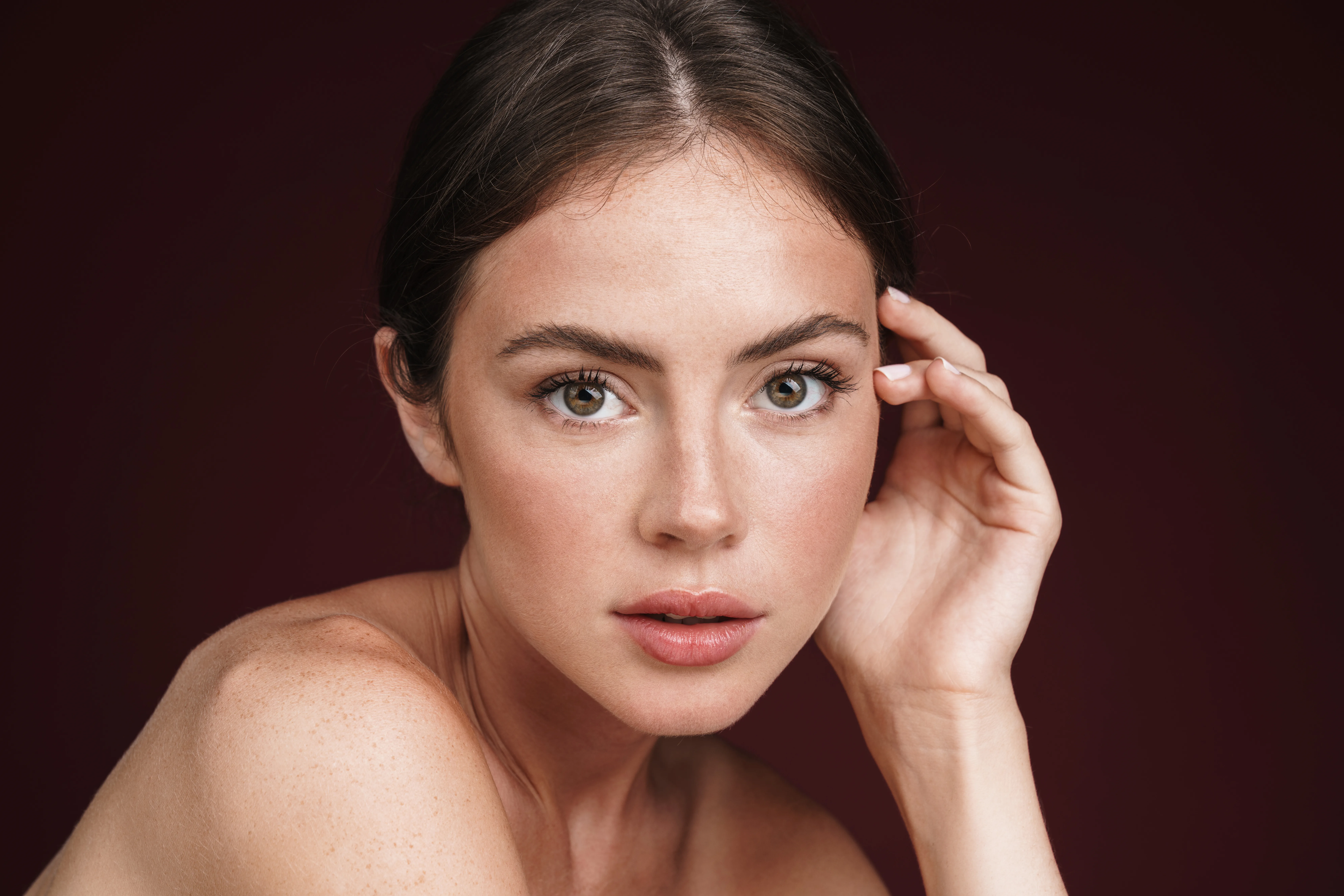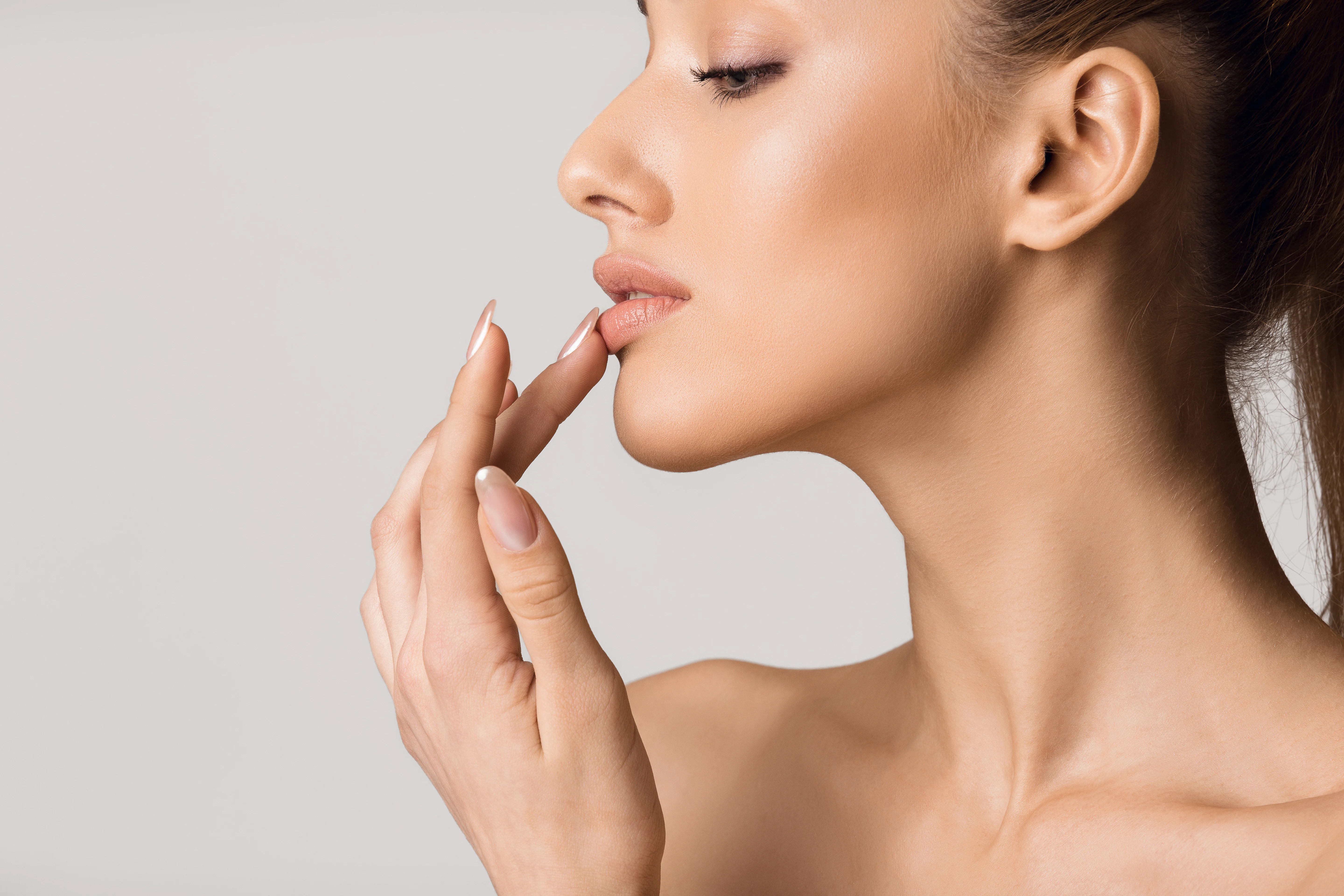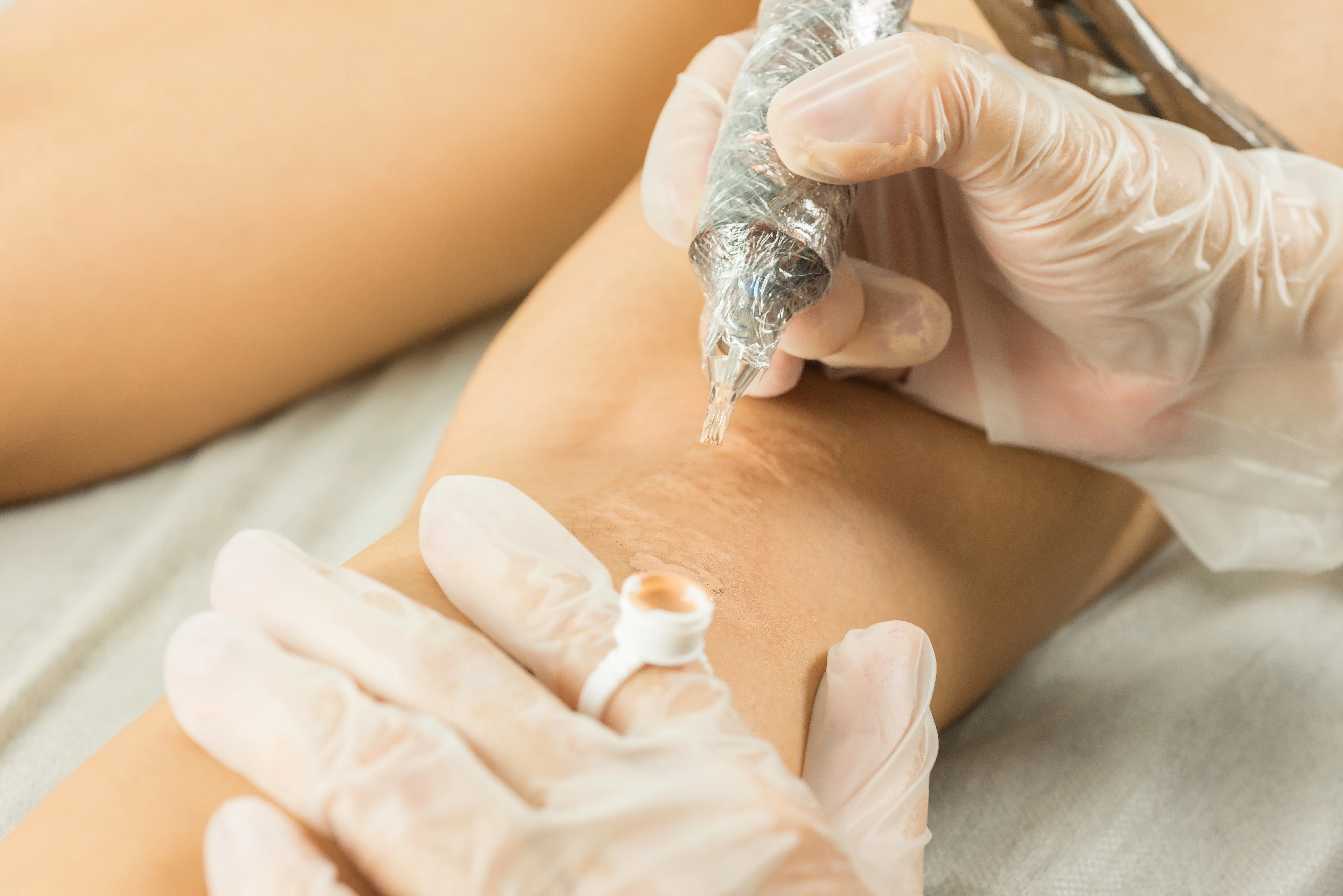Let’s Talk Lash Serums: What You Should Know Before You Apply

If you’re hoping to enhance your lashes with a growth serum, you’re not alone. The popularity of lash serums has soared, but before adding one to your nightly routine, there are a few important things you should know—especially when it comes to the ingredients.
What are Prostaglandins?
Many lash serums on the market today contain prostaglandins, a class of medications originally used in glaucoma treatments. While effective at stimulating lash growth, prostaglandins can come with a surprising list of side effects that often go overlooked by consumers.
Let’s break them down:
- Irritation and flaking around the eyelash area are among the most common complaints.
- Unwanted hair growth may occur on areas near the application site—yes, even in places you didn’t intend.
- Skin discoloration along the lash line can result in a visible and often permanent change in pigment.
- Iris pigmentation changes are possible, particularly in individuals with light-colored eyes. This can lead to darker, more permanent changes in eye color.
- Ptosis, or eyelid drooping, is a lesser-known but significant risk that can alter your appearance over time.
These side effects can be particularly frustrating and concerning for patients who are simply looking for longer, healthier lashes. That’s why Dr. Victoria Aimé recommends a prostaglandin-free lash serum as a safer alternative.
Prostaglandin-Free Lash Serums
One such serum, from a brand called AnteAge, relies on growth factors, peptides, and biotin—ingredients known to support lash health and growth—without the risks associated with prostaglandins. While these formulas may take a little longer to show visible results, they offer a much gentler approach for long-term use.
In the world of aesthetic medicine, we always weigh effectiveness against safety. For lashes, a slower, more natural progression with fewer side effects is worth the wait.
Have questions or a favorite lash serum you’ve tried? Let us know!
Our surgical and non-surgical treatment options
Ready to start your transformation?
Whether you’re just beginning to explore your options or have specific goals in mind, we’re here to guide you with expertise and compassion.

Read more articles

Hyaluronic Acid for Dry, Chapped Lips
Dry, chapped lips? Layer a few drops of hyaluronic acid serum under your lip balm to restore hydration and smoothness. This simple step helps your lips stay soft and moisturized—even in dry climates.

Why I Wear UPF Clothing (and You Should Too)
UPF clothing is one of the easiest ways to protect your skin from UV damage—especially while driving or spending time near windows. Dr. Victoria Aimé shares how she uses UPF sleeves, gloves, and hats daily, and why this sun-smart habit is a must for long-term skin health.

Medical Tattooing for Scars: An Effective Option for Natural-Looking Results
Learn how medical tattooing can effectively camouflage scars and hypopigmented areas. Ideal for tummy tuck scars, breast lift scars, or post-reconstruction areolas, this treatment blends pigment naturally for more confident, seamless results.

How to Choose and Use Sunscreen: What SPF Really Means
Not all sunscreens are created equal. Learn what SPF really means, how to apply sunscreen correctly, and which options Dr. Aimé recommends for daily protection.
